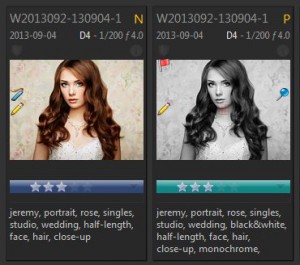Use Metadata Tag Shortcodes To Save Typing
Variables are a flexible tool for displaying custom metadata in features like File Windows, Viewer, Slide Show, Renamer, Batch Processor and elsewhere. The digital asset management software IMatch gives users access to over 10,000 metadata fields, from all relevant formats, including XMP, IPTC, EXIF, GPS, ID3, PDF and more. Accessing Metadata Fields via Tag Names […]
Use Metadata Tag Shortcodes To Save Typing Read More »




